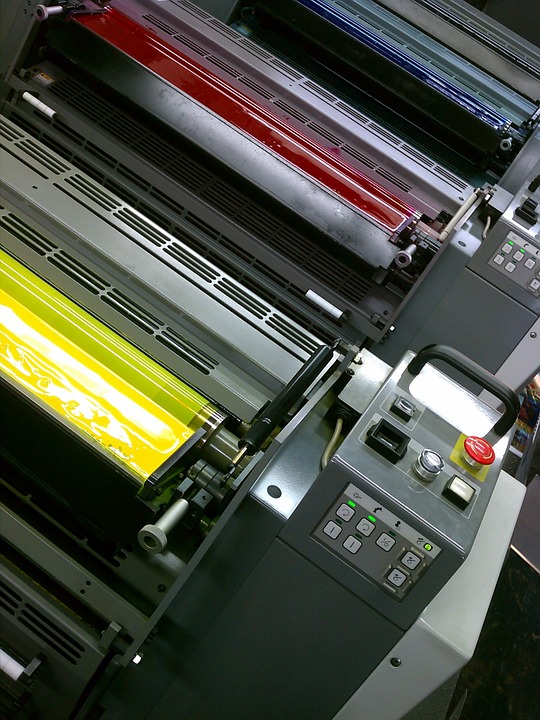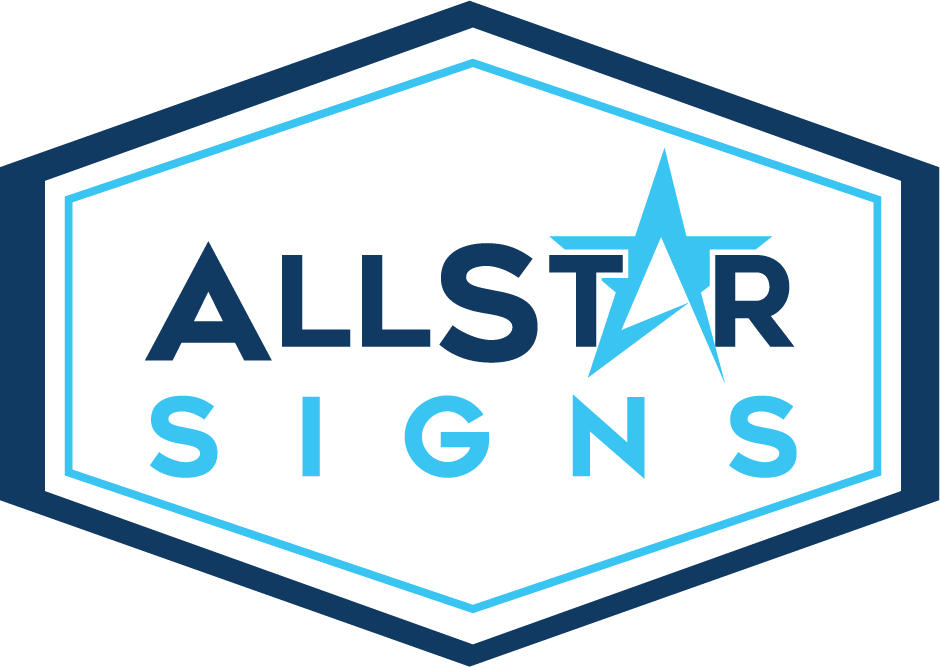Digital printing has opened a lot of options for designers. Previously, each type of material while using offset printing required a lot of preparation and would have to be set up for each individual job, leading to much higher costs. However, printing digitally is a lot like using your home printer but on a larger scale.
While digital printing will never be as detail intensive as offset printing, it’s perfect for smaller projects or printing big jobs in large quantities. Even better, the level of detail still looks nearly as good for the average consumer, leaving little lost but a lot gained.
However, this type of printing is different. For designers used to offset printing, there are a few considerations to make to ensure the best product.
Pantone Colors
In most cases, a digital printer can convert Pantone colors to their closest CMYK equivalent. Unlike offset printing, the exact Pantone color cannot be exactly achieved, but it will look the same to the average consumer. However, it is important to understand this going into the print job. If you need a very specific color, it pays to have proofs printed rather than approved digitally.
Large Areas of Color
This is another way in which digital printing differs from offset printing. For larger areas of one color, it may come out as solid as you might be looking for. This is because the printer uses toner that can lead to banding issues. But this doesn’t mean you can’t use big spaces of color. Instead, adding a very subtle pattern can help the printer achieve the desired result. Having the printer run samples of both the solid color and with the pattern can help make the best decision for your design.
Rich Black
Solid areas of black may not come out as rich as needed when only black is used. Adding other colors to the black will force the printer to overload the area with toner or ink, leading to a better result. An example of a combination to get this result is 60C, 40M, 40Y, 100K. Since it has 100 K, or black, the area will look black but the additional colors will enrich the area, leading to a beautiful result. This is also how it is done in offset printing.
Have more questions about digital printing? We can help. Contact us today and our team of professionals will answer any questions you have about this new technology in printing.
